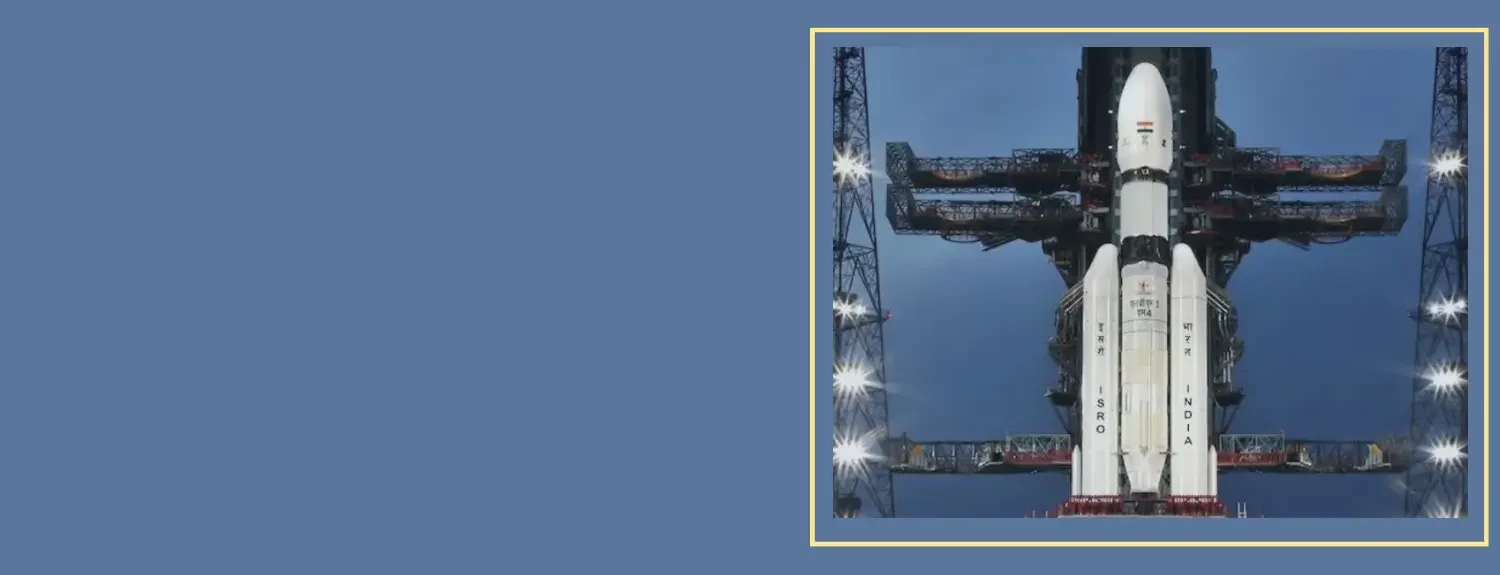The Indian Space Research Organisation (ISRO) is ready to make another significant stride in lunar exploration with its forthcoming mission, Chandrayaan 3. This mission is a sequel to the Chandrayaan-2, aiming to demonstrate a comprehensive capability in safe lunar landing and roving.
Mission Design and Key Components
Chandrayaan-3 is designed with a Lander and Rover configuration, set to be launched by LVM3 from SDSC SHAR, Sriharikota. The mission’s propulsion module, responsible for carrying the lander and rover to a 100 km lunar orbit, is equipped with the Spectro-polarimetry of Habitable Planet Earth (SHAPE) payload. This payload will study Earth’s spectral and Polari metric measurements from the lunar orbit.
Payloads and Their Objectives
The lander is equipped with several payloads, including Chandra’s Surface Thermophysical Experiment (ChaSTE), Instrument for Lunar Seismic Activity (ILSA), and Langmuir Probe (LP). These instruments will measure thermal conductivity, temperature, seismicity around the landing site, and estimate plasma density and its variations, respectively. A passive Laser Retroreflector Array from NASA is also included for lunar laser ranging studies.
The rover carries the Alpha Particle X-ray Spectrometer (APXS) and Laser Induced Breakdown Spectroscope (LIBS). These instruments will help derive the elemental composition in the vicinity of the landing site.
Advanced Technologies and Mission Objectives of Chandrayaan 3
The mission objectives of Chandrayaan-3 are threefold: to demonstrate safe and soft landing on the lunar surface, rover roving on the moon, and to conduct in-situ scientific experiments. To achieve these objectives, the Lander is equipped with several advanced technologies, including Laser & RF based Altimeters, Laser Doppler Velocimeter & Lander Horizontal Velocity Camera, Laser Gyro based Inertial referencing and Accelerometer package, and 800N Throttleable Liquid Engines.

Scientific Payloads and Their Goals
The scientific payloads planned on Chandrayaan-3 Lander Module and Rover aim to measure the near surface plasma density and its changes with time, carry out the measurements of thermal properties of lunar surface near polar region, measure seismicity around the landing site and delineating the structure of the lunar crust and mantle, and understand the dynamics of Moon system.

Conclusion
Chandrayaan-3 is a significant step forward in India’s lunar exploration program. The mission’s success will not only demonstrate India’s capability in soft landing and roving on the lunar surface but also contribute to the scientific understanding of the moon. As we await the launch of this exciting mission, the world watches with bated breath, eager to see what new discoveries Chandrayaan-3 will bring.

Quiz Time:
Subscribe to our email newsletter to get the latest posts delivered right to your email.


Comments